
Best OneNote Alternatives You Must Know About
- 19 Min read
Do you spend hours organizing information and your workflows? Or do you wish there was a way to organize your documents without having to spend hours reorganizing everything again?
Would it be beneficial if you had a tool that could help you automate repetitive tasks and make sure everything gets done?
There are many alternatives to Almanac that will help you organize your workflow without wasting countless hours every week.
Find out what the popular Almanac alternatives are and how they can save you time and improve your efficiencies.
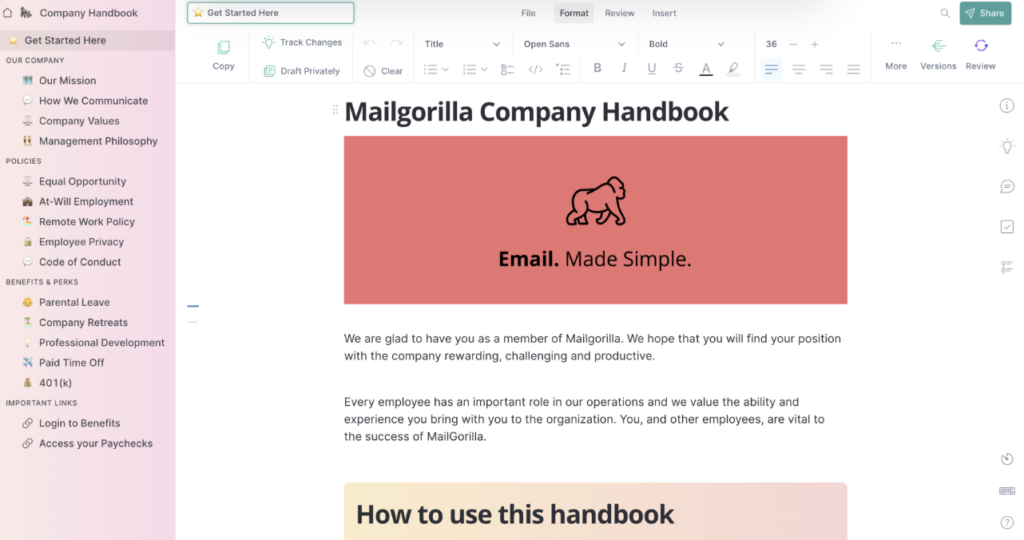
A tool to best suited for knowledge management, with Almanac you can create custom workspaces where you can store all your files, collaborate with others, and easily access them later.
Almanac has been designed to help you manage your workflow efficiently, so you can make decision easier and focus on using your knowledge management system efficiently.
With Almanac, you can organize your workflows easier than ever. You can create custom lists of tasks and projects in Almanac, assign them to specific days, weeks, months, years, and seasons, and share them with others. You can also set reminders and alarms to help you stay organized.
Almanac integrates with Google Calendar, Outlook, and Apple iCal. You can sync your calendar events directly to Almanac, making it easy to view and edit your schedule at a glance.
Almanac helps you make decisions using a document management system. This will reduce the need to have as many meetings, which means you will have more time to do what’s important.
Almanac is also a tool for organizing workflows because it allows you to create custom workflows based on your specific needs.
Almanac is good for:
Almanac allows you to create a workflow template based on your current processes and share it with others.
Here are a few of the features Almanac has.
Almanac allows you to collaborate with your team in real-time and develop solutions to help you achieve your goals. All your collaboration notifications show up in your inbox, which means you never miss anything important.
Almanac provides hundreds of templates, including ones for proposals, which means you can create documents to share your ideas and ask for what you need.
Since all your communication happens inside Almanac, you don’t need to rely on messaging apps or email chains to make a decision. You can use the Reviews feature to ask for feedback and request formal approvals.
You can capture decisions made in Almanac by organizing documents in folders. With easy sharing features, Almanac gives you the option to set up read receipts, which means you will receive a notification when someone has read your documents.
Almanac gives you access to the knowledge you need when you need it, so you can always work efficiently and perform at your best.
The Almanac pricing is:
The limitations of Almanac include:
While Almanac is a useful tool for document management and collaboration, it has a few drawbacks. These include:
If you’re looking for ways to organize your workflows, you need to consider alternatives to Almanac.
The reasons to consider Almanac alternatives are because you want to:
When deciding which Almanac competitor to go with, here are a few factors to consider:
Almanac may not be suitable for every use case, which is a good reason to consider alternatives that may fit your needs better.
Here are four Almanac alternatives you need to consider for your business to help you better organize your workflows, keep track of tasks and projects, and improve your efficiencies.
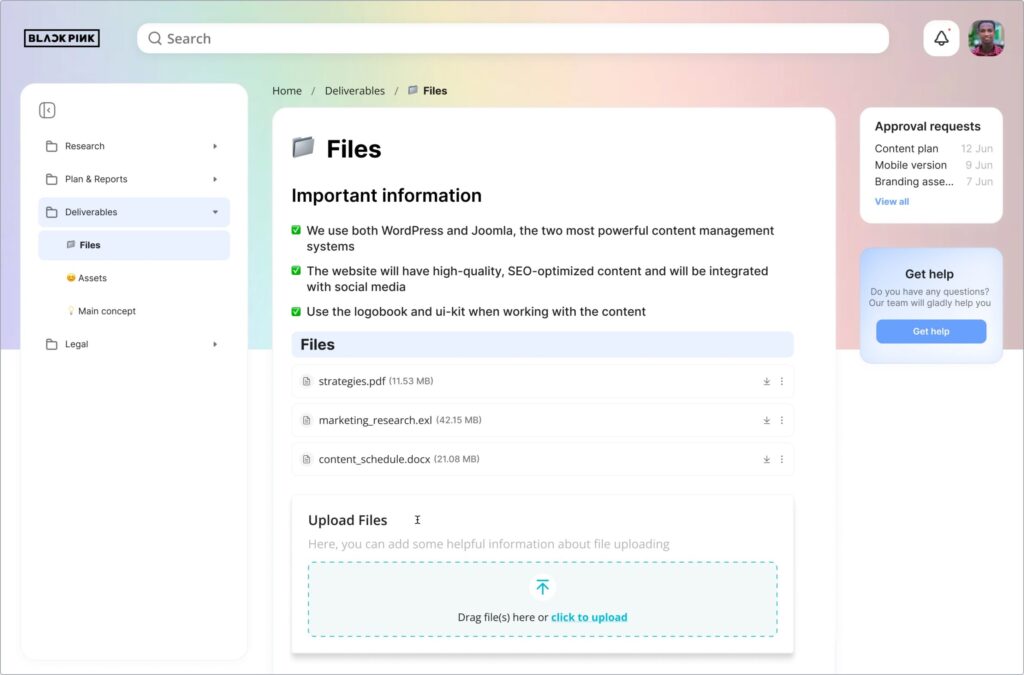
If you’re searching for an Almanac alternative and want to have a robust document and knowledge management system, you need to:
Keep track of your tasks and projects with FuseBase!
An ideal Almanac alternative, with FuseBase, you can:
To find out more about why FuseBase is a great alternative to Almanac and to start a free trial, visit this website.
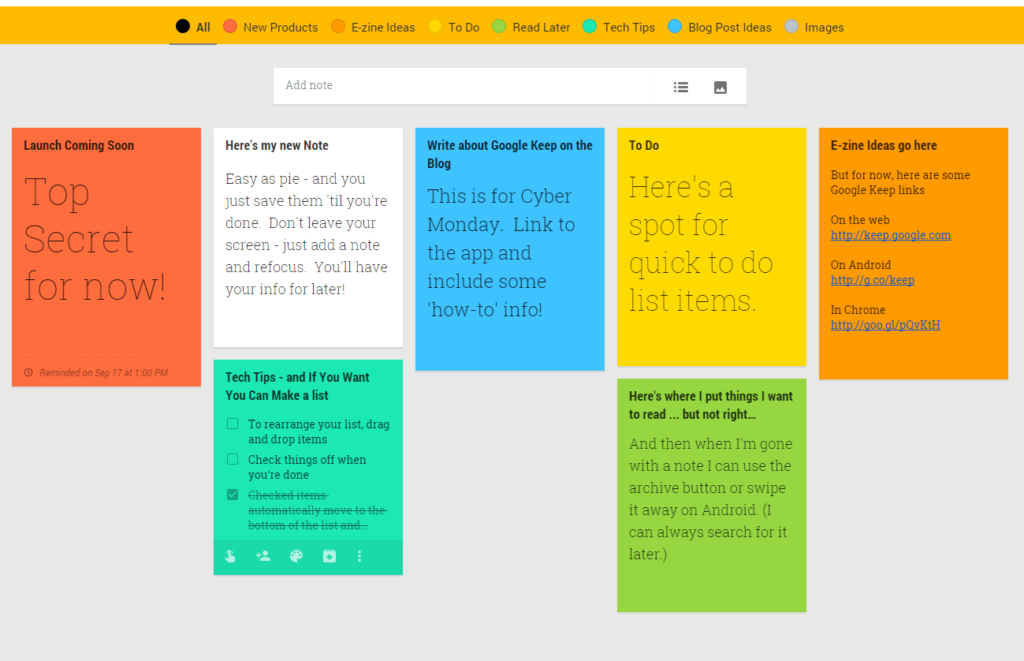
Another useful Almanac alternative, with Google Keep, you can create notes to capture your thoughts, ideas, and keep them organized.
With Google Keep, you can:
The drawbacks of Google Keep include:
Even though Google Keep is a decent free Almanac alternative, it lacks powerful features if you want to have a solid document management system.
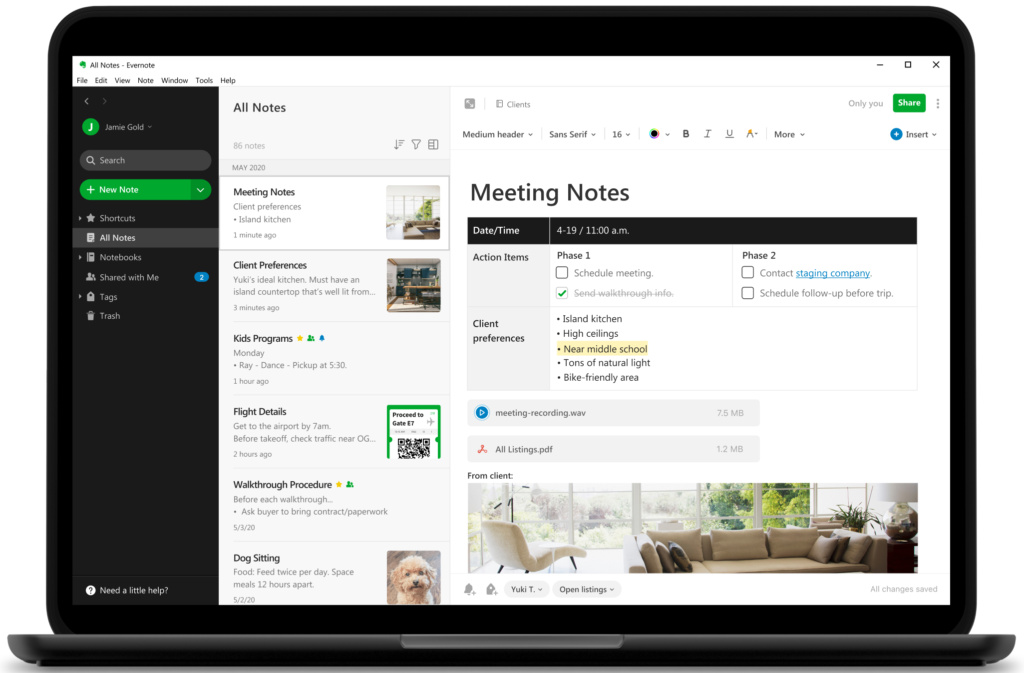
A popular note-taking and productivity app, Evernote is another good Almanac alternative.
With Evernote, you can:
The drawbacks of Evernote include:
The challenging with using Evernote as an Almanac alternative is if you want to create a knowledge management system, you will need to subscribe to a premium plan.
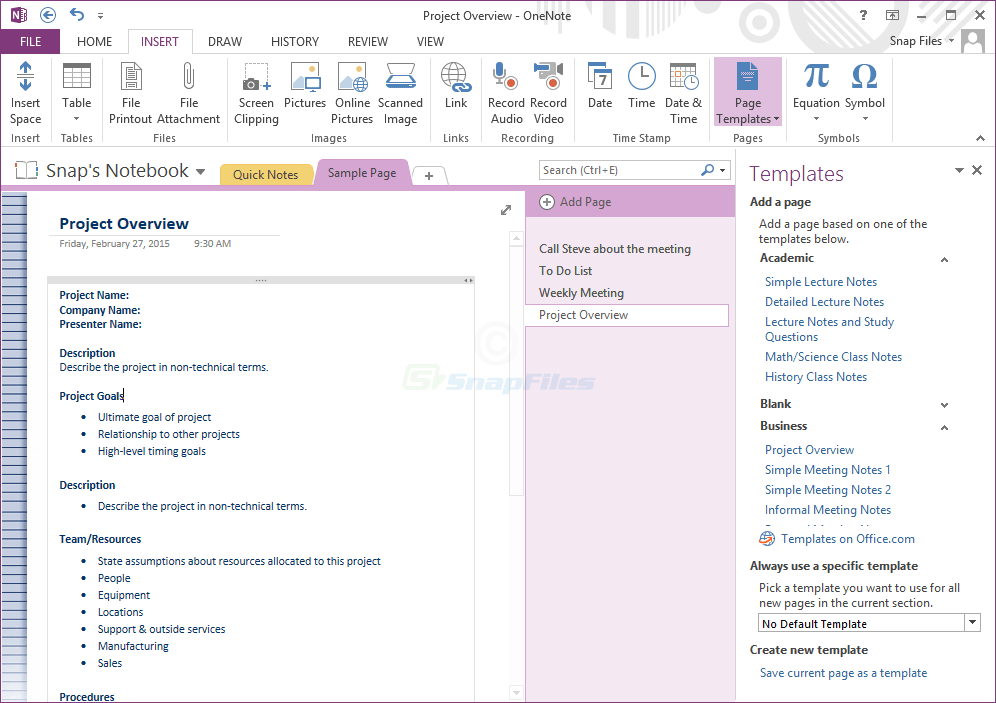
Another solid Almanac alternative, with Microsoft OneNote, you can easily capture and share ideas using notes.
With Microsoft OneNote, you can:
The drawbacks of Microsoft OneNote include:
You can use OneNote as a simple Almanac alternative, but if you want to build a solid knowledge management system, you may need to consider another option.
In conclusion, if you’ve used or are considering using Almanac for your knowledge management, you may want to consider other alternatives.
These Almanac alternatives will save you time in the long run and help you create a more efficient document and knowledge management system.
In this digital age, leveraging collective knowledge can help you reach your goals faster. Find out why collective knowledge matters today and how you can take advantage of it in one of our recent blog posts.
If you want to create a knowledge base, there are many tools available now. In one of our articles, we review the top knowledge base software platforms, so you can choose the one best suited for your needs.
If you found this article helpful, please share it so others can benefit too.
Find out how FuseBase can help you with building up your perfect knowledge base here.
Disclaimer
Parties other than FuseBase may provide products, services, recommendations, or views on the FuseBase site (“Third Party Materials”). FuseBase is not responsible for examining or evaluating such Third Party Materials, and does not provide any warranties relating to the Third Party Materials. Links to such Third Party Materials are for your convenience and do not constitute an endorsement of such Third Party Materials.
Found it useful? Share the article with your community
Get weekly tips and insights on how to grow your business